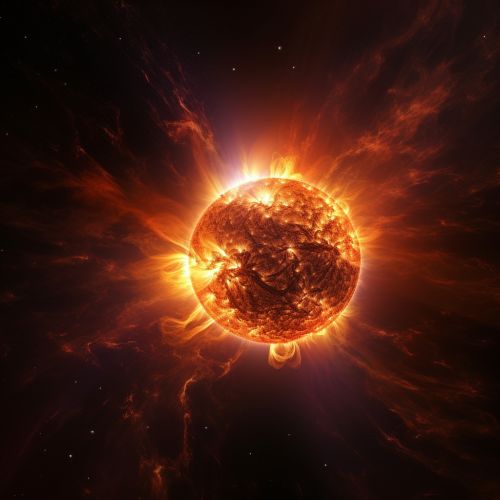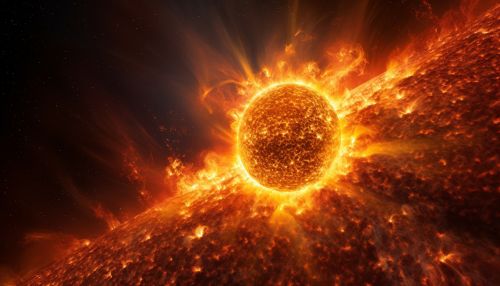Space Weather and Satellite Operations
Introduction
Space weather refers to the environmental conditions in space that are influenced primarily by solar activity, including solar flares, coronal mass ejections (CMEs), and solar wind. These phenomena can have significant effects on satellite operations, impacting communication, navigation, and surveillance systems. Understanding space weather is crucial for predicting and mitigating these effects.


Solar Activity and Space Weather
The sun is the primary driver of space weather. It constantly emits a stream of charged particles known as the solar wind, which travels through space at high speeds. Occasionally, the sun also releases large amounts of energy and matter in events known as solar flares and coronal mass ejections. These events can cause significant disturbances in the space environment.
Solar Flares
Solar flares are sudden, intense bursts of radiation from the sun's surface. They are associated with magnetic activity on the sun and can release as much energy as a billion atomic bombs. Solar flares can produce high-energy particles that can damage satellite electronics and interfere with radio communications.
Coronal Mass Ejections
Coronal mass ejections are large-scale expulsions of plasma and magnetic field from the sun's corona. They can eject billions of tons of coronal material into space at high speeds. When these ejections reach Earth, they can cause geomagnetic storms that can disrupt satellite operations and power grids.
Effects on Satellite Operations
Space weather can have a variety of effects on satellite operations. These effects can range from minor disruptions to severe damage that can render a satellite inoperable.
Communication Disruptions
High-energy particles from solar flares can interfere with satellite communications. They can cause noise in communication signals, leading to dropped calls and lost data. In severe cases, they can even cause temporary blackouts in satellite communication services.
Space weather can also affect satellite-based navigation systems like the Global Positioning System (GPS). Changes in the ionosphere caused by space weather can lead to errors in GPS signals, affecting the accuracy of navigation and positioning services.
Satellite Damage
In extreme cases, space weather can cause physical damage to satellites. High-energy particles can penetrate satellite shielding and damage electronic components. In addition, geomagnetic storms can increase drag on low-Earth orbit satellites, causing them to lose altitude and potentially re-enter the Earth's atmosphere.
Mitigating the Effects of Space Weather
Understanding and predicting space weather is crucial for mitigating its effects on satellite operations. This involves monitoring solar activity, developing models to predict space weather, and designing satellites to withstand the harsh conditions in space.
Space Weather Monitoring
Several space agencies and research institutions around the world monitor space weather. They use ground-based observatories and space-based instruments to track solar activity and detect incoming solar flares and coronal mass ejections.
Space Weather Prediction
Scientists use data from space weather monitoring to develop models that can predict space weather. These models can provide advance warning of solar flares and coronal mass ejections, allowing satellite operators to take preventive measures.
Satellite Design
Satellites can be designed to withstand the effects of space weather. This can include using radiation-hardened components, shielding electronics, and designing satellites to automatically enter a safe mode during severe space weather events.
Conclusion
Space weather is a significant factor in satellite operations. Solar activity can disrupt communication and navigation systems and can even cause physical damage to satellites. Understanding and predicting space weather is crucial for mitigating these effects and ensuring the reliability of satellite services.
